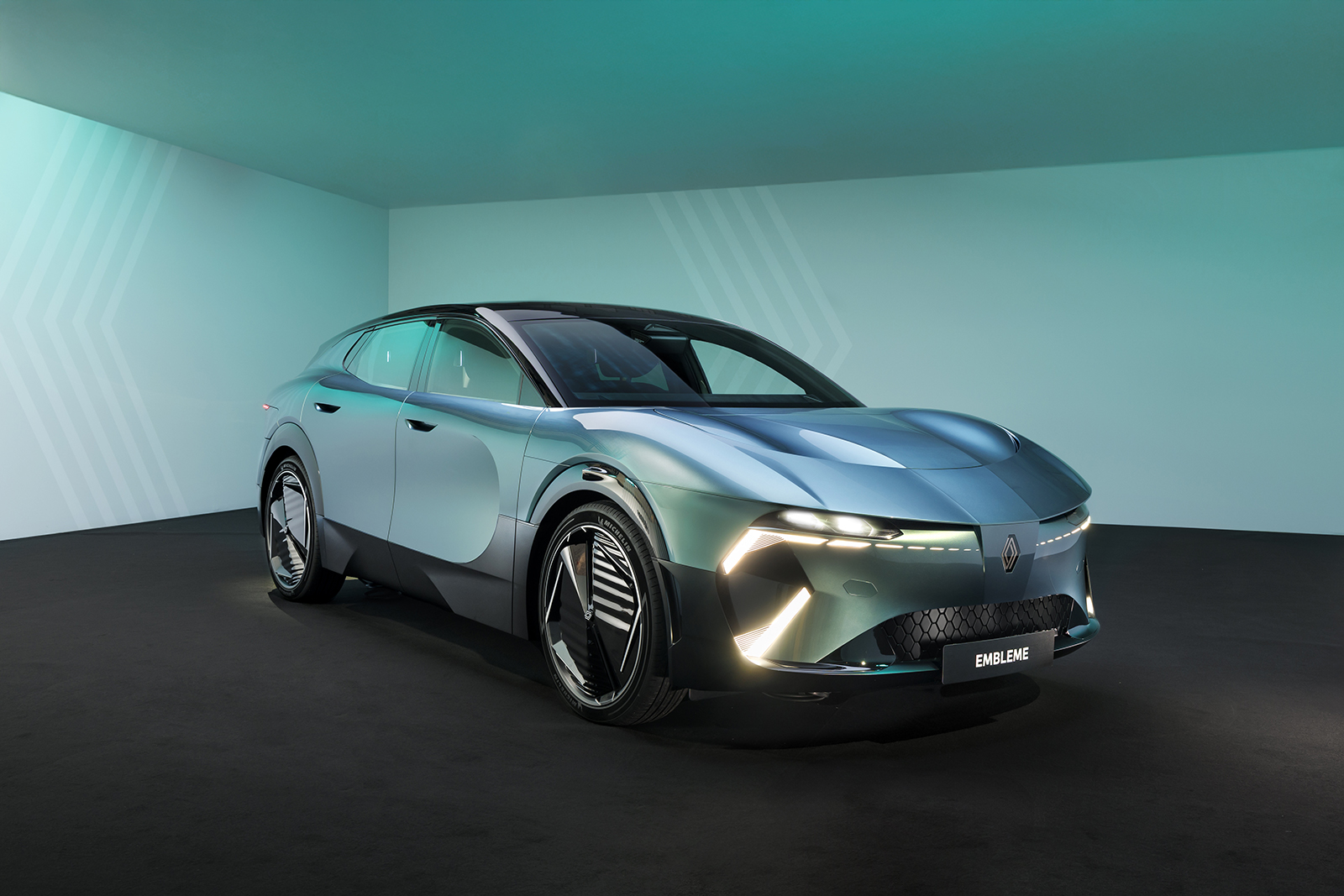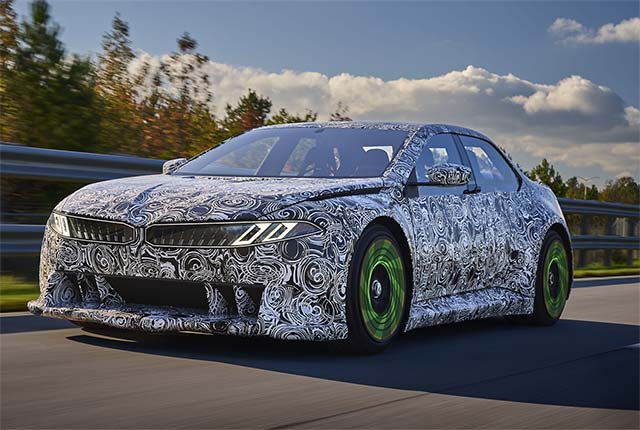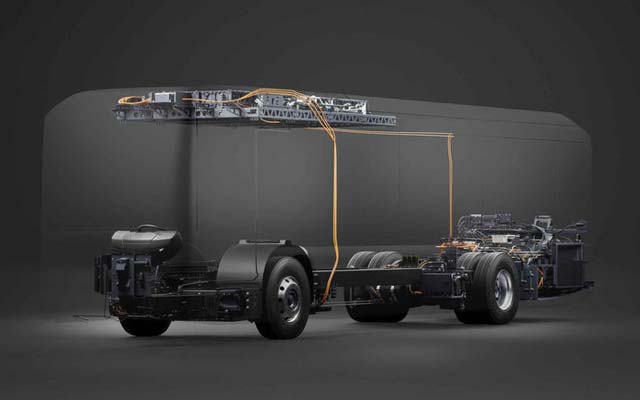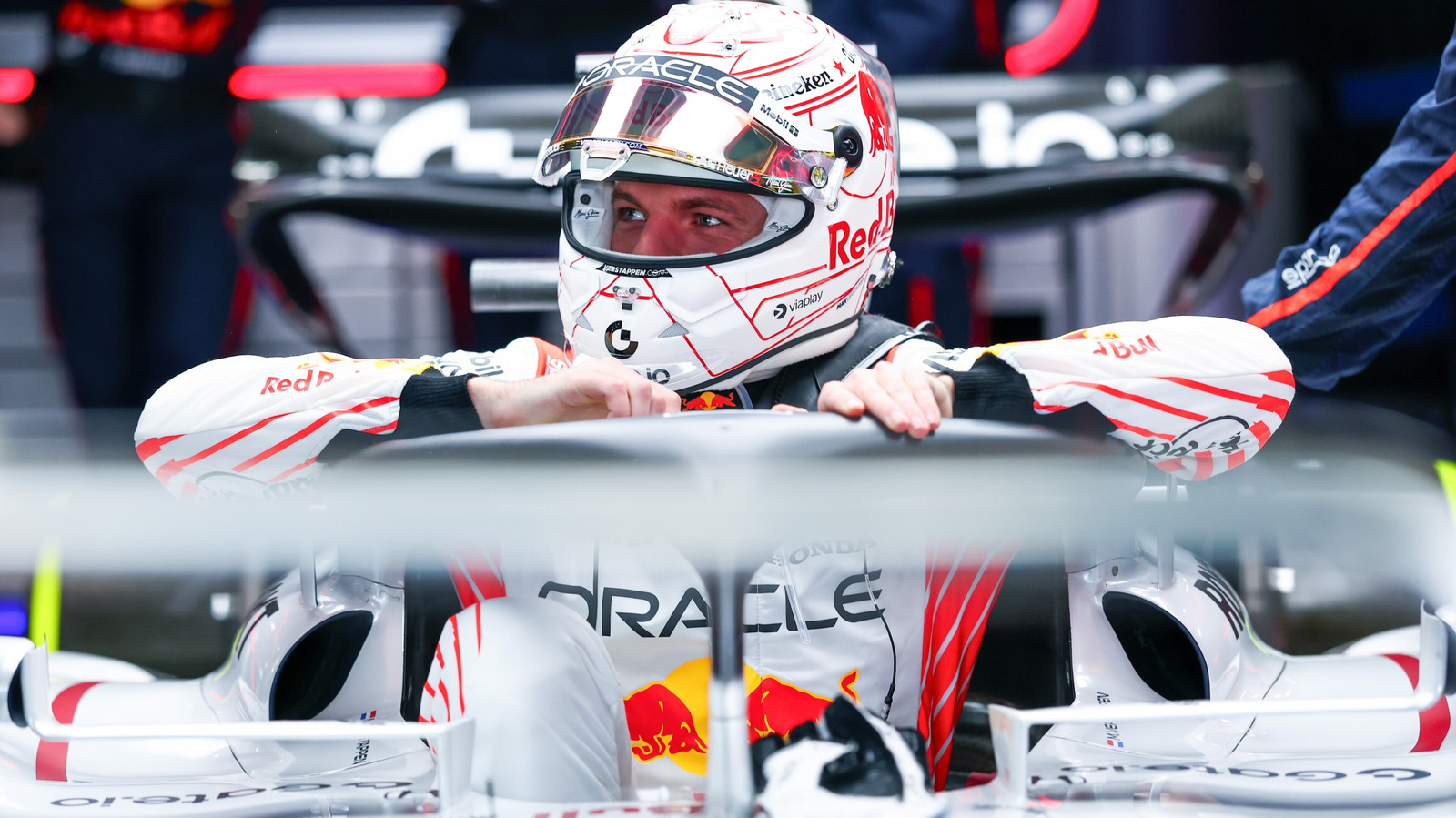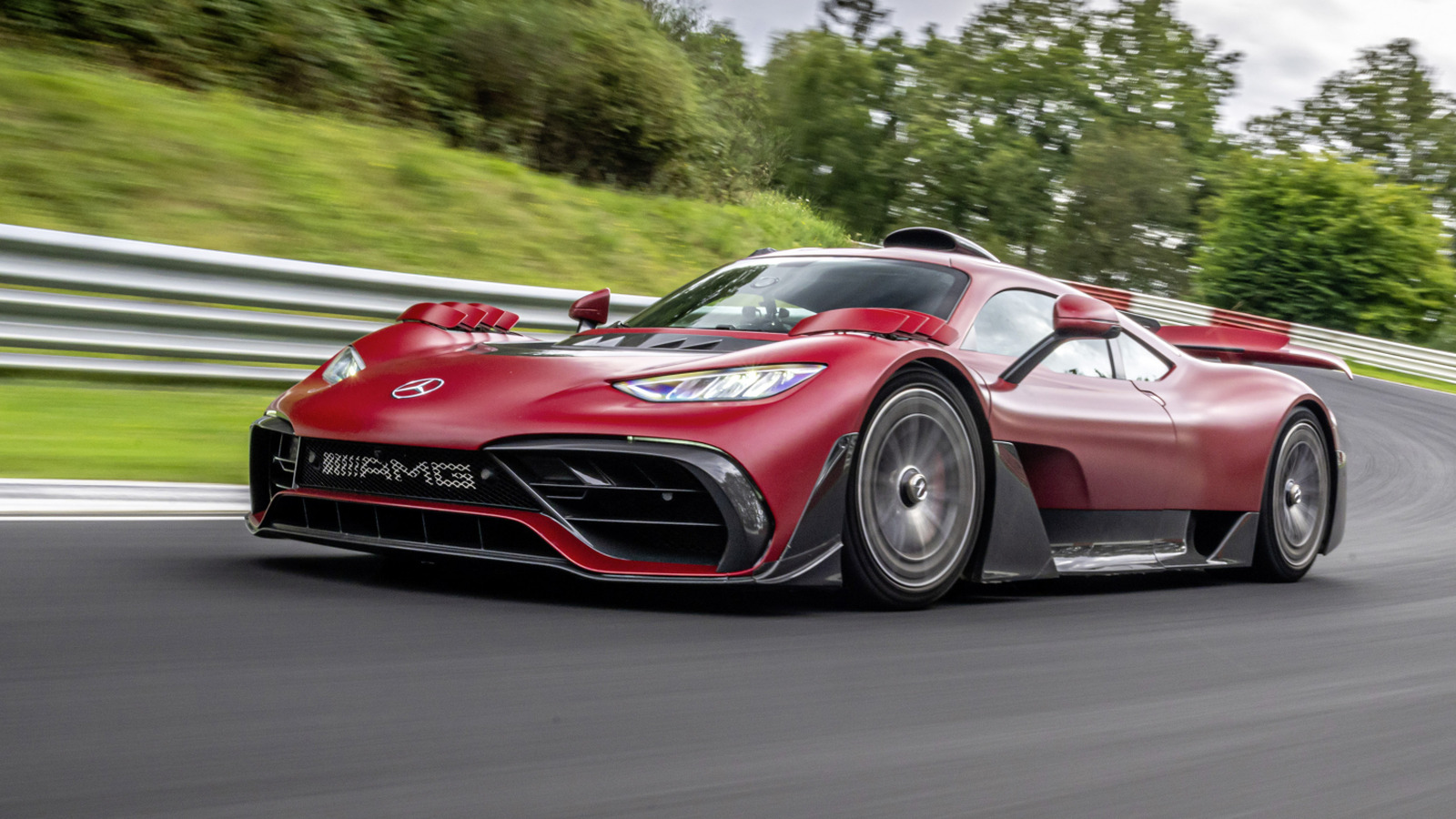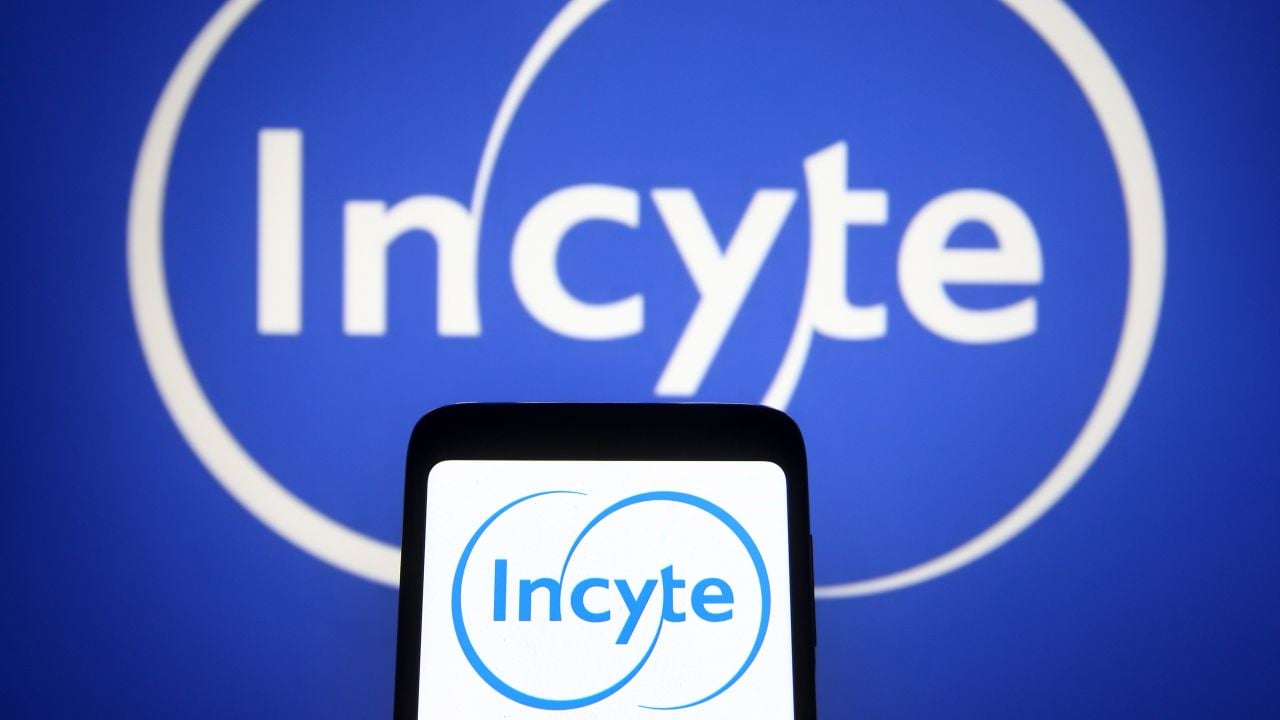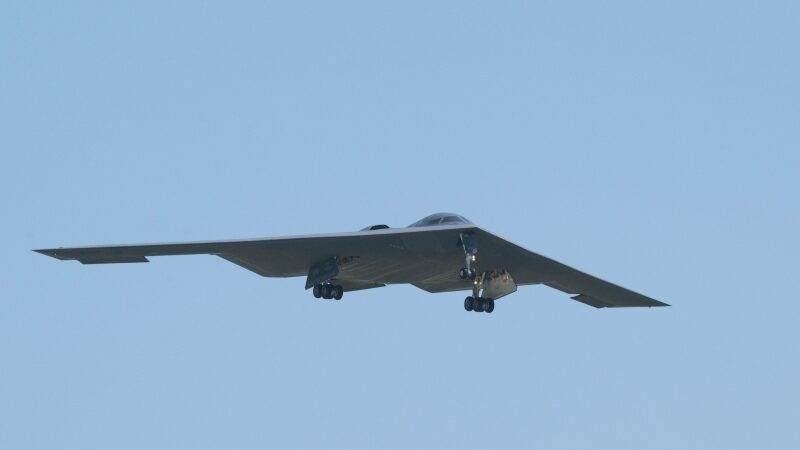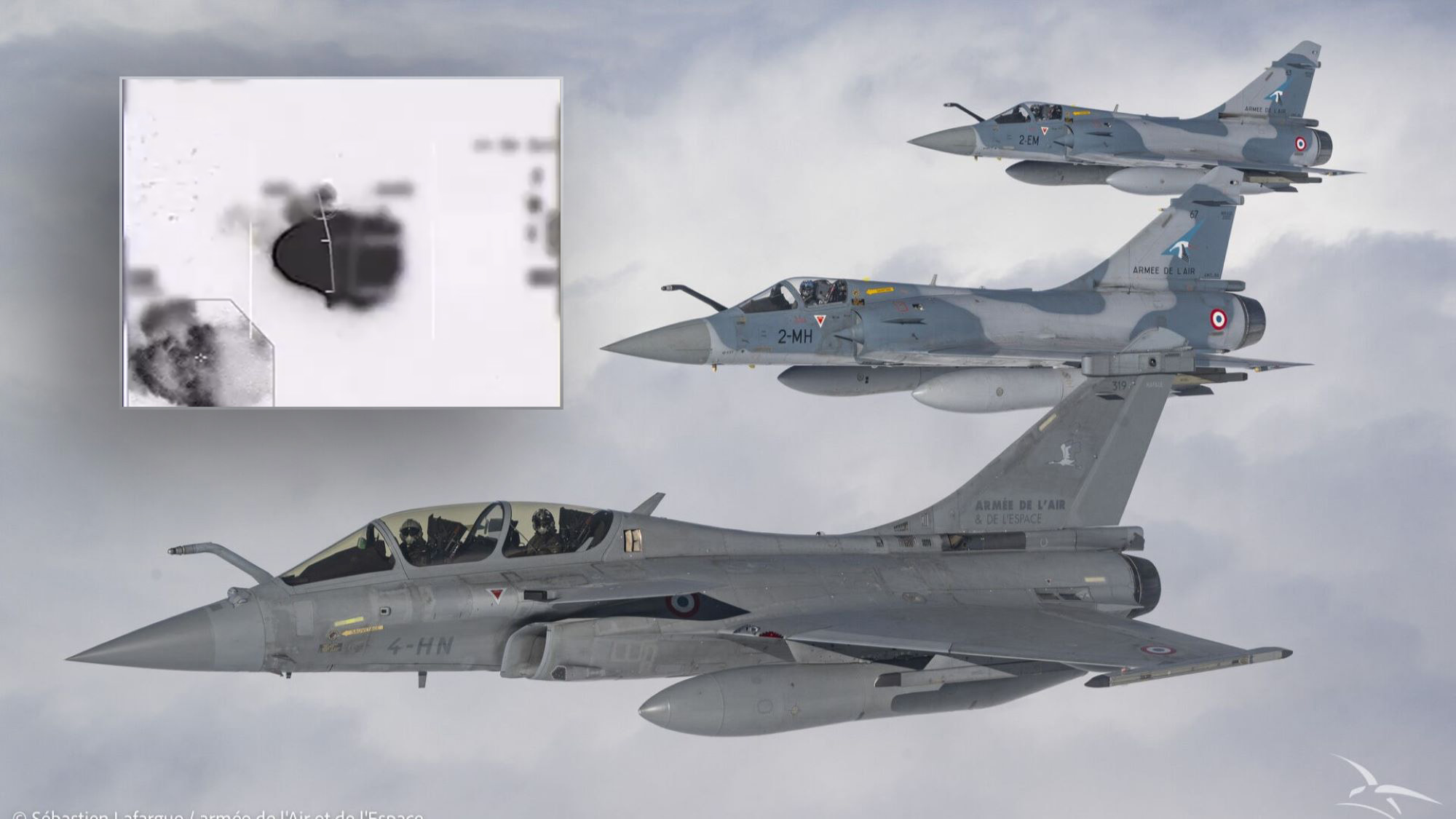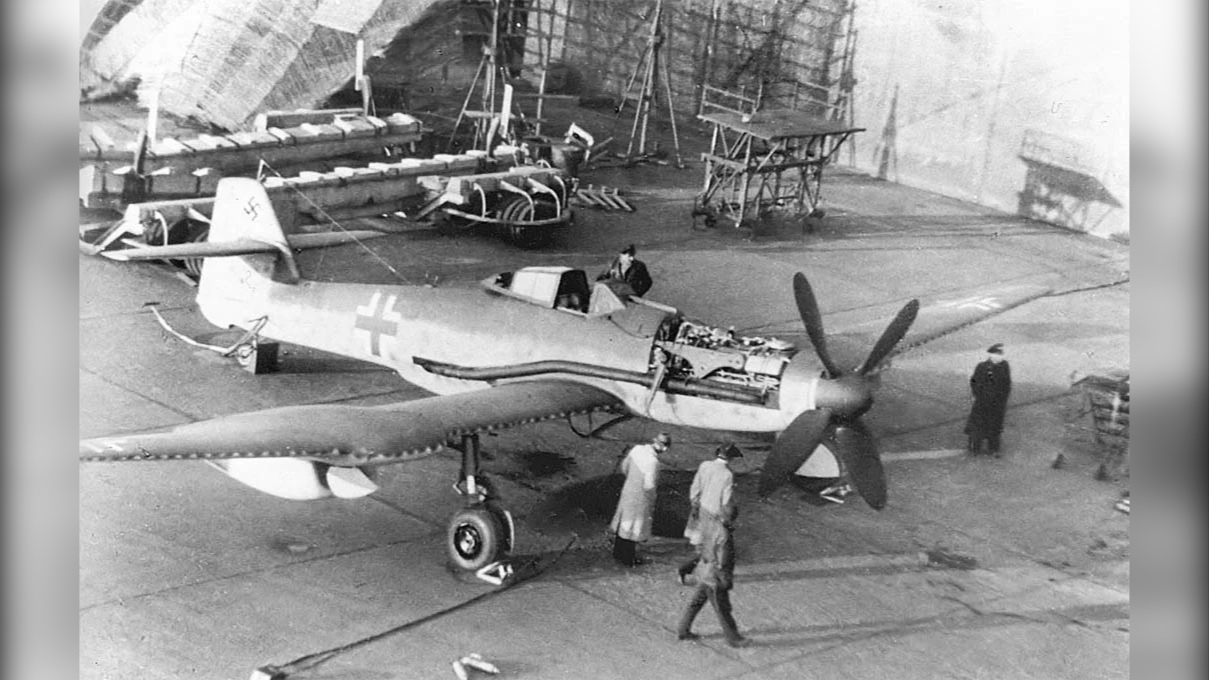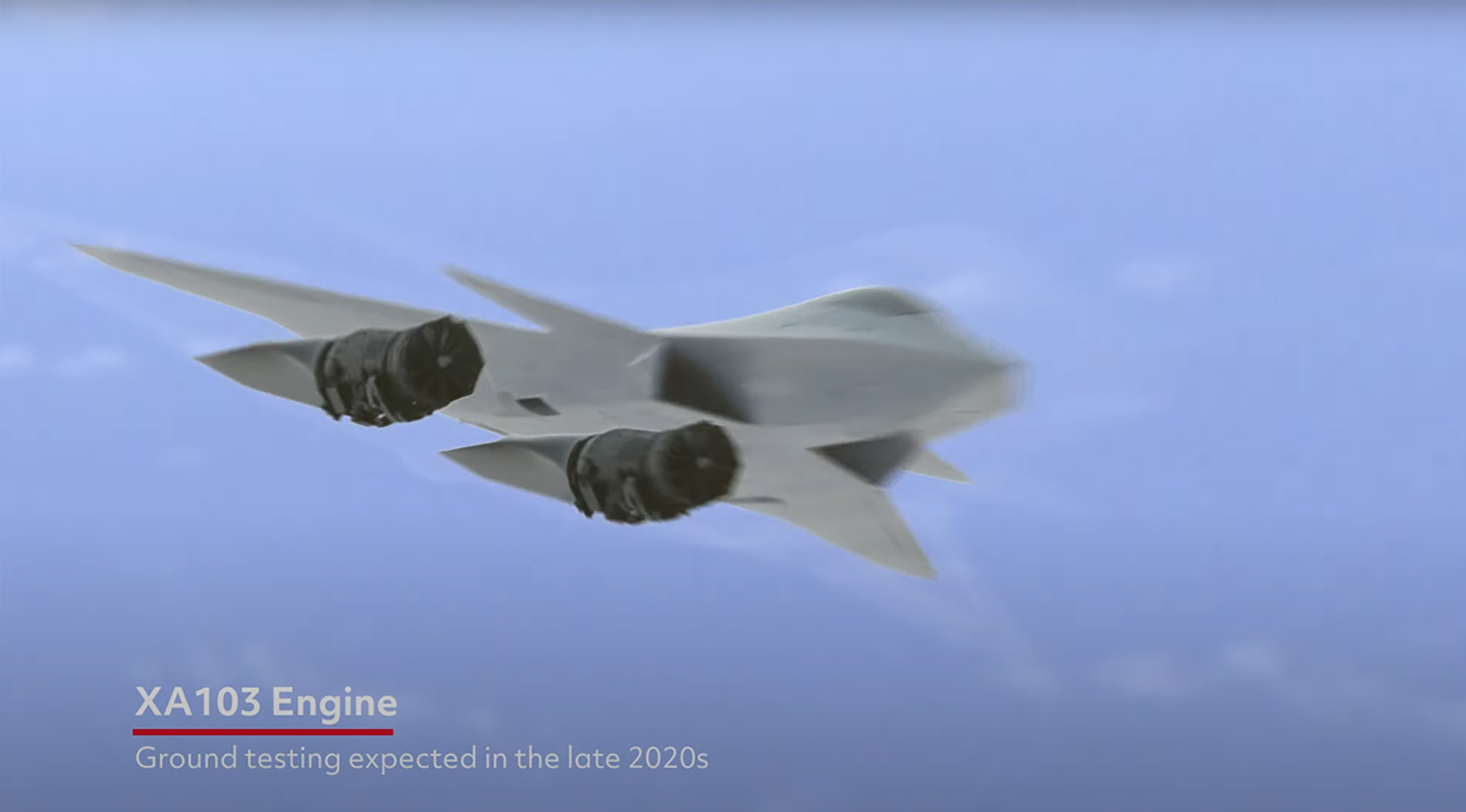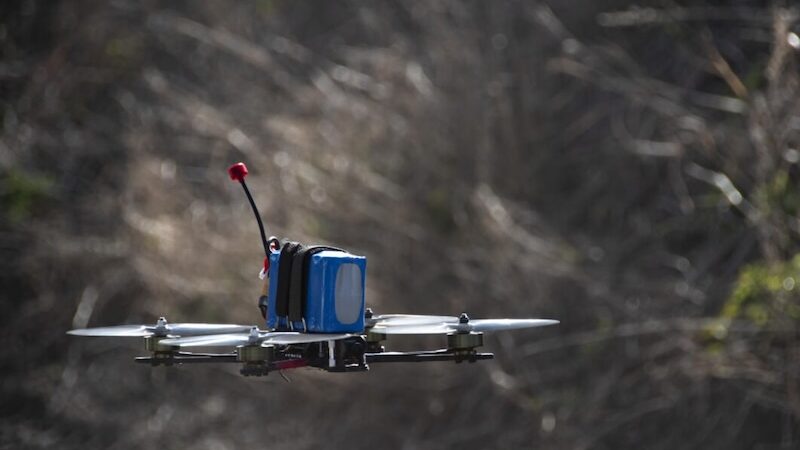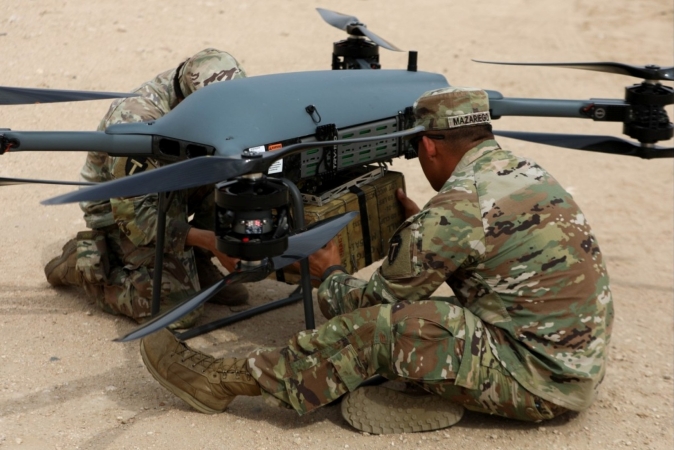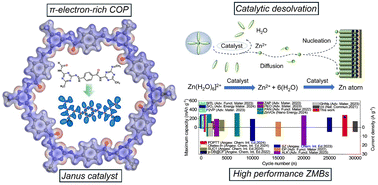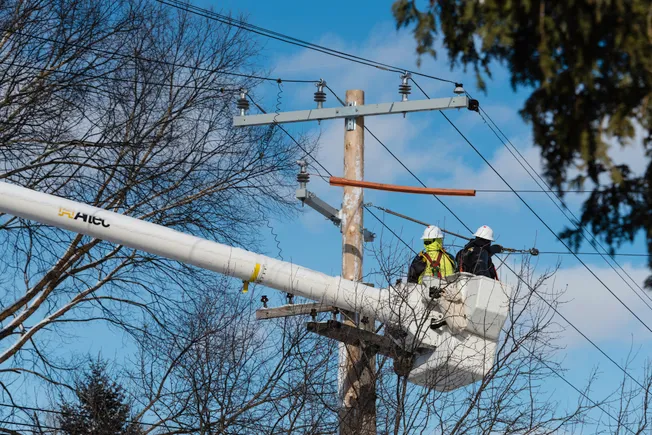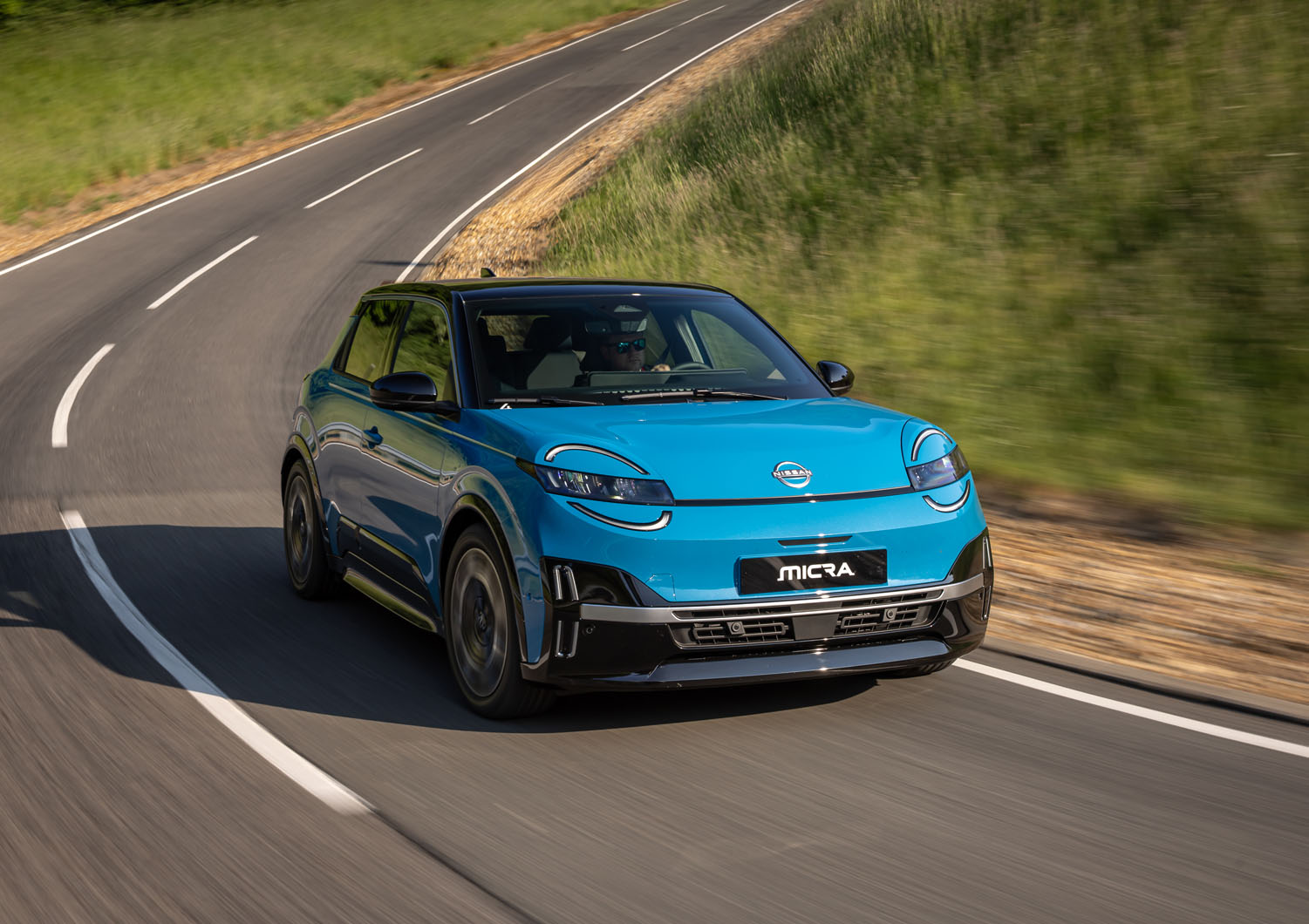Used Mini Hatchback 2014-2024 review
Mk3 Mini mellows in middle age, but does it still have enough old school charm to make it a canny used buy? With the option of five doors, a pure-electric version and a cleverly packaged platform that maximises interior space, the Mk3 Mini is a charismatic crowd-pleaser. It is a few centimetres bigger than its predecessor yet still retains all the old-school qualities of agility and compactness that we love in its forebears. And now the new ‘F66’ generation is becoming a common sight after its launch last year, prices for the previous-generation model have tumbled to as low as £2000.Of course, it’s not as compact as its 1960s namesake, but the F56-gen Mini is ergonomically stronger than its predecessors and has a roomier cabin and boot. Bolstering its appeal is an interior dripping with retro character, greater perceived quality and intuitive technology.Rear accommodation is still tight, but the five-door version is better and two extra openings make the world of difference. It’s just as refined as the Audi A1 and of a higher quality than the Ford Fiesta.High levels of grip give you the confidence to chuck it into bends like you’re escaping Turin with the Carabinieri on your tail, and the compliant ride means all the gold you’ve stashed in the boot won’t bang around – especially in cars fitted with the optional adaptive dampers (pretty rare these days).The nippy Mini One, with its 101bhp 1.2-litre turbocharged three-cylinder petrol, is ideal for urban commuters, but we would aim for the 1.5-litre Cooper, with its more sprightly 134bhp turbo petrol three-pot. It’s the better all-rounder and more entertaining to drive.The hot Cooper S dials the driving experience up another notch thanks to its 189bhp 2.0-litre twin-turbo four-cylinder petrol engine. “The most complete affordable fast hatch you can buy” is how we described the Cooper S when we pitted it against its closest rivals.While it’s firmer than its Cooper range-mate, its punchier motor and balanced chassis make it a fine companion for a brisk B-road jaunt.Performance enthusiasts might be tempted by the John Cooper Works (JCW) for its 228bhp and trick suspension tune, which adds upgraded springs and dampers, anti-roll bars and a lightened multi-link rear set-up.It’s excellent fun to drive but a bit stiff-legged and you’re unlikely to need the extra grunt – plus an immaculate 55,000-mile JCW will cost you £5000 more than an equivalent Cooper S.If you frequently cover big miles, you might be inclined to buy a diesel Mini, such as the 95bhp One D and 115bhp Cooper D. They cost only £20 to tax and will easily achieve a real-world 50mpg. That said, the Cooper SD, with its 168bhp, 266lb ft 2.0-litre BMW turbo diesel, is a bit more refined and no less economical.As for the Mini Electric, we would think twice before buying one. It’s fun, and ideal for short hops around town, but it has a real-world range of only 100-110 miles and that drops to about 80 miles in winter.When it comes to trims, the entry-level One is pretty basic inside so aim for at least a Cooper – and find a car with the larger, more intuitive 8.8in infotainment screen.The F56 was facelifted in 2018, which added new trims, headlights, quirky Union Jack tail-lights and smartphone mirroring as standard. More changes came in 2021, with a new front grille, interior technology and revised trims.But we would keep things simple and aim for a mid-2010s Cooper S. With a healthy budget of £8000, you can pick up a pristine 50,000- to 60,000-mile example and enjoy it all year round.

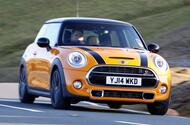 Mk3 Mini mellows in middle age, but does it still have enough old school charm to make it a canny used buy?
With the option of five doors, a pure-electric version and a cleverly packaged platform that maximises interior space, the Mk3 Mini is a charismatic crowd-pleaser. It is a few centimetres bigger than its predecessor yet still retains all the old-school qualities of agility and compactness that we love in its forebears. And now the new ‘F66’ generation is becoming a common sight after its launch last year, prices for the previous-generation model have tumbled to as low as £2000.Of course, it’s not as compact as its 1960s namesake, but the F56-gen Mini is ergonomically stronger than its predecessors and has a roomier cabin and boot. Bolstering its appeal is an interior dripping with retro character, greater perceived quality and intuitive technology.Rear accommodation is still tight, but the five-door version is better and two extra openings make the world of difference. It’s just as refined as the Audi A1 and of a higher quality than the Ford Fiesta.High levels of grip give you the confidence to chuck it into bends like you’re escaping Turin with the Carabinieri on your tail, and the compliant ride means all the gold you’ve stashed in the boot won’t bang around – especially in cars fitted with the optional adaptive dampers (pretty rare these days).The nippy Mini One, with its 101bhp 1.2-litre turbocharged three-cylinder petrol, is ideal for urban commuters, but we would aim for the 1.5-litre Cooper, with its more sprightly 134bhp turbo petrol three-pot. It’s the better all-rounder and more entertaining to drive.The hot Cooper S dials the driving experience up another notch thanks to its 189bhp 2.0-litre twin-turbo four-cylinder petrol engine. “The most complete affordable fast hatch you can buy” is how we described the Cooper S when we pitted it against its closest rivals.While it’s firmer than its Cooper range-mate, its punchier motor and balanced chassis make it a fine companion for a brisk B-road jaunt.Performance enthusiasts might be tempted by the John Cooper Works (JCW) for its 228bhp and trick suspension tune, which adds upgraded springs and dampers, anti-roll bars and a lightened multi-link rear set-up.It’s excellent fun to drive but a bit stiff-legged and you’re unlikely to need the extra grunt – plus an immaculate 55,000-mile JCW will cost you £5000 more than an equivalent Cooper S.If you frequently cover big miles, you might be inclined to buy a diesel Mini, such as the 95bhp One D and 115bhp Cooper D. They cost only £20 to tax and will easily achieve a real-world 50mpg. That said, the Cooper SD, with its 168bhp, 266lb ft 2.0-litre BMW turbo diesel, is a bit more refined and no less economical.As for the Mini Electric, we would think twice before buying one. It’s fun, and ideal for short hops around town, but it has a real-world range of only 100-110 miles and that drops to about 80 miles in winter.When it comes to trims, the entry-level One is pretty basic inside so aim for at least a Cooper – and find a car with the larger, more intuitive 8.8in infotainment screen.The F56 was facelifted in 2018, which added new trims, headlights, quirky Union Jack tail-lights and smartphone mirroring as standard. More changes came in 2021, with a new front grille, interior technology and revised trims.But we would keep things simple and aim for a mid-2010s Cooper S. With a healthy budget of £8000, you can pick up a pristine 50,000- to 60,000-mile example and enjoy it all year round.
Mk3 Mini mellows in middle age, but does it still have enough old school charm to make it a canny used buy?
With the option of five doors, a pure-electric version and a cleverly packaged platform that maximises interior space, the Mk3 Mini is a charismatic crowd-pleaser. It is a few centimetres bigger than its predecessor yet still retains all the old-school qualities of agility and compactness that we love in its forebears. And now the new ‘F66’ generation is becoming a common sight after its launch last year, prices for the previous-generation model have tumbled to as low as £2000.Of course, it’s not as compact as its 1960s namesake, but the F56-gen Mini is ergonomically stronger than its predecessors and has a roomier cabin and boot. Bolstering its appeal is an interior dripping with retro character, greater perceived quality and intuitive technology.Rear accommodation is still tight, but the five-door version is better and two extra openings make the world of difference. It’s just as refined as the Audi A1 and of a higher quality than the Ford Fiesta.High levels of grip give you the confidence to chuck it into bends like you’re escaping Turin with the Carabinieri on your tail, and the compliant ride means all the gold you’ve stashed in the boot won’t bang around – especially in cars fitted with the optional adaptive dampers (pretty rare these days).The nippy Mini One, with its 101bhp 1.2-litre turbocharged three-cylinder petrol, is ideal for urban commuters, but we would aim for the 1.5-litre Cooper, with its more sprightly 134bhp turbo petrol three-pot. It’s the better all-rounder and more entertaining to drive.The hot Cooper S dials the driving experience up another notch thanks to its 189bhp 2.0-litre twin-turbo four-cylinder petrol engine. “The most complete affordable fast hatch you can buy” is how we described the Cooper S when we pitted it against its closest rivals.While it’s firmer than its Cooper range-mate, its punchier motor and balanced chassis make it a fine companion for a brisk B-road jaunt.Performance enthusiasts might be tempted by the John Cooper Works (JCW) for its 228bhp and trick suspension tune, which adds upgraded springs and dampers, anti-roll bars and a lightened multi-link rear set-up.It’s excellent fun to drive but a bit stiff-legged and you’re unlikely to need the extra grunt – plus an immaculate 55,000-mile JCW will cost you £5000 more than an equivalent Cooper S.If you frequently cover big miles, you might be inclined to buy a diesel Mini, such as the 95bhp One D and 115bhp Cooper D. They cost only £20 to tax and will easily achieve a real-world 50mpg. That said, the Cooper SD, with its 168bhp, 266lb ft 2.0-litre BMW turbo diesel, is a bit more refined and no less economical.As for the Mini Electric, we would think twice before buying one. It’s fun, and ideal for short hops around town, but it has a real-world range of only 100-110 miles and that drops to about 80 miles in winter.When it comes to trims, the entry-level One is pretty basic inside so aim for at least a Cooper – and find a car with the larger, more intuitive 8.8in infotainment screen.The F56 was facelifted in 2018, which added new trims, headlights, quirky Union Jack tail-lights and smartphone mirroring as standard. More changes came in 2021, with a new front grille, interior technology and revised trims.But we would keep things simple and aim for a mid-2010s Cooper S. With a healthy budget of £8000, you can pick up a pristine 50,000- to 60,000-mile example and enjoy it all year round. 







